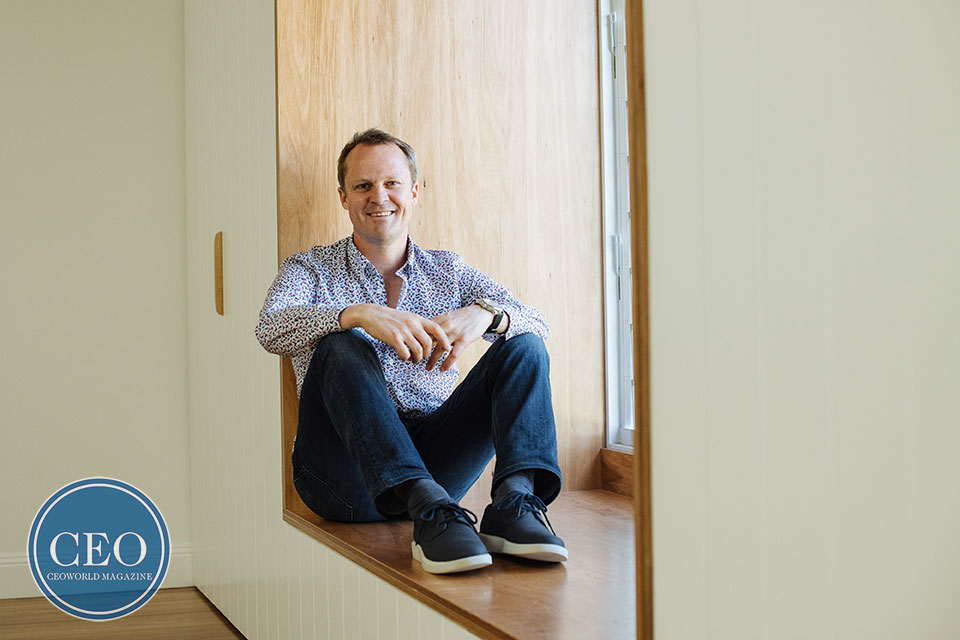5 tips for designing a successful ideation workshop: The perfect (brain) storm Part 1

I hear it time and time again that ‘a shortage of ideas isn’t our problem in innovation, it’s our inability to implement.’ Implying that ideas are the easy part! I strongly disagree.
Yes, anyone can come up with ideas, but what is actually needed is differentiated, relevant and value adding ideas that solve a customer need or pain point. Of course, implementation is important and hard, but what can make it easier and more successful is starting with a well-defined and robust set of ideas.
In a study of 2000 product innovation projects by Robert G. Cooper he identified nine critical success factors. The top four success factors highlight the importance of generating these high potential ideas:
- a unique, superior and differentiated product with good value-for-money for the customer
- a strong market orientation — voice of customer built in
- a sharp, early, fact-based product definition before development begins
- solid up-front homework — doing the front-end activities well
In part one of this two-part series, I’m going to share with you five proven lessons and tips to help you design and prepare a successful idea generation phase and workshop(s) that will result in a set of high potential ideas.
1. Involve the right people at the right time
You’ll want to invite a multidisciplinary team of idea generators and idea developers. The most innovative organisations in the world, such as Gore, 3M and Unilever, work in cross-functional innovation teams, not silos with handovers between departments. This includes involving outside experts too, as they’re not restricted by legacy thinking or tied to your organisation so are free to bring in fresh thinking and different ideas. Get your designers and developers involved too. Not only will they have different ideas, but it is also great for buy-in to the ideas that you’ll be asking them to design and implement later on.
Avoid any negative people for the ideation steps. You can always bring them in for the judging or stress-testing steps. The same can apply to senior management too, if you think they are going to stop people from thinking really creatively or if they are going to be disruptive by popping in and out. Use people where they fit best and can play a positive role. Others can be engaged by getting them to submit ideas prior to the workshop or to review ideas and concepts afterwards.
Most workshop venues can fit four teams. The ideal team size for brainstorming is six, plus or minus two. Any more than that and not everyone gets enough time to contribute, or people can hide. Any less and you haven’t got enough diversity and people to bounce ideas off.
2. Circulate creative briefs to inspire and focus idea generation
Kickstart and inspire the participant’s creativity by designing and circulating some creative briefs one to two weeks prior to the workshop to allow enough incubation time. A creative brief is an opportunity area that is derived from customer insights and is used to inspire and focus idea generation. If you’re running a multi-day sprint with back-to-back days, then build in some incubation and inspiration time and activities between ‘brainstorms’.
You can even set some incubation activities for the participants to do around each creative brief before the workshop(s). For example, ask them to explore what other categories and brands solve the creative brief they’re working on really well?
3. Develop your workshop stimulus
A key to thinking creatively is generating and using inspiration and provocation to stimulate new ideas — what de Bono terms ‘lateral thinking’. This stimulus is your inspiration and raw material for creativity and ideas. So in addition to your creative briefs you need to develop some creative stimulus. What inspiration from parallel categories do you want to showcase? What creative exercises are you going to run? Are you going to bring in any guest speakers for inspiration or go on any creative excursions?
4. Design and set up your space for the session
One of the biggest triggers to get participants in the right state for creativity is the environment or space we are in. Hence, why running virtual workshops is much harder.
What does a space for creativity and ideas look like?
- Food is important to keep people fuelled, but also signals that one is partly socialising. A meeting with food is more human!
- Music is a great mood lifter, state changer and facilitation tool.
- Tech needed for slides, videos, music or anything else. People have different learning and thinking styles — a mix of visual, auditory, written and kinaesthetic — and not everyone is the same, so keep mixing it up.
- Lots of natural light. Mushrooms might grow in the dark, but ideas won’t.
- Layout and furniture needs to encourage creativity, collaboration, action and design doing.
- Comfortable seating that relaxes everyone. (Although in my workshops we are standing most of the time, working on whiteboards or butcher-papered walls, so try to avoid having too many tables and chairs in the room. I get people to stand, because our state is more energised standing than sitting.)
- Lots of large whiteboards, whiteboard walls or blank walls for your exercises.
- Designated prototyping kit and a space to bring your ideas to life.
If possible book the venue for a couple of hours the day before, so you can set up everything in advance and do a dry run of the tech. It takes quite a while to prep all the butcher’s paper/whiteboards and exercises, and it’s nice not having to attend to all of that stuff early in the morning before everyone arrives.
5. A designated facilitator
Find someone who is a great facilitator and can run the day. Too many project leaders facilitate their own workshops, but you can’t be the referee and a player. It is best to delegate the facilitation and then you can participate in the ideation. It’s also the role of the facilitator to manage everyone’s energy for the day.
You’re now all set up to run the workshop and let the creativity flow! Join us for part 2 where we’ll be sharing proven lessons and tips on running idea generation workshops and programs.
Written by Nathan Baird.
Have you read?
# Best CEOs In the World Of 2022.
# TOP Citizenship by Investment and Residency by Investment Programs, 2022.
# Global Passport Ranking, 2022.
# The World’s Richest People (Top 100 Billionaires, 2022).
# Best Novels to Read of 2021.
# Economy Rankings: Largest countries by GDP, 2022.
Add CEOWORLD magazine to your Google News feed.
Follow CEOWORLD magazine headlines on: Google News, LinkedIn, Twitter, and Facebook.
This report/news/ranking/statistics has been prepared only for general guidance on matters of interest and does not constitute professional advice. You should not act upon the information contained in this publication without obtaining specific professional advice. No representation or warranty (express or implied) is given as to the accuracy or completeness of the information contained in this publication, and, to the extent permitted by law, CEOWORLD magazine does not accept or assume any liability, responsibility or duty of care for any consequences of you or anyone else acting, or refraining to act, in reliance on the information contained in this publication or for any decision based on it.
Copyright 2024 The CEOWORLD magazine. All rights reserved. This material (and any extract from it) must not be copied, redistributed or placed on any website, without CEOWORLD magazine' prior written consent. For media queries, please contact: info@ceoworld.biz
SUBSCRIBE NEWSLETTER








